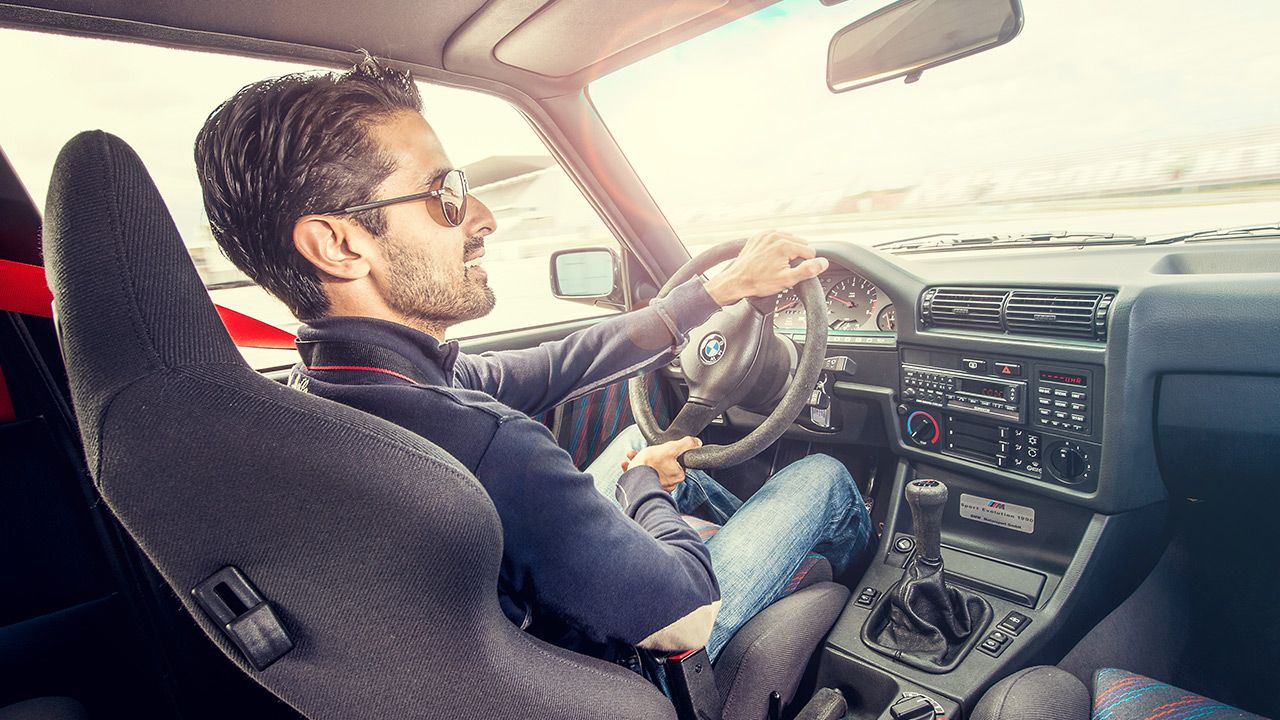
“2016 started out on a bit of an odd note,” an oft-repeated (but not particularly funny) joke in the National Capital region around this New Year – sarcastically alluding to the implementation of Arvind Kejriwal’s odd-even rule in the Capital.
Jokes apart though, many of the questions raised went like this – did he do it for political gain, or just because he felt he had to do something? Could it have been implemented better? Did it have any impact whatsoever on pollution levels? Did the Delhi Chief Minister even fully understand the implications considering one of his pleas on the radio encouraged people to leave their cars at home and ride their bikes to work? After all, everything else being equal, the emission standards for cars are far stricter than they are for bikes. Moreover, the latter absolutely dwarfs the former in terms of absolute numbers.
At the end of the day though, none of that really matters. The greatest impact made by the odd-even rule was the fact that it got people to accept that they’re part of the problem – and that they can also be a part of the solution. And now that the experimental fortnight is over, and our roads are back to being unruly parking lots again, people now refer to the plan rather fondly as opposed to mockingly. So, yes, Kejriwal did gain political mileage – but rightly so I suppose!
The start of the year has also gotten off to a bit of an odd start for the auto industry for other reasons, as they’ve had to bear the brunt of a slightly arbitrary ban on diesel vehicles over 2.0-litres in engine capacity. They’ve also been instructed to meet the Euro VI emission standards by 2020. The industry, therefore, is left not knowing whether they should be looking to the Supreme Court, the NGT (National Green Tribunal), state governments, the Oil Ministry, or the Heavy Industries Ministry for direction. At a time when they’ll have to invest very heavily in bringing new technologies into the country that’s not exactly an ideal scenario.
That being said, if we all truly want to breathe again, each of the stakeholders will have to do whatever they can and push the boundaries as much as possible. But let’s not target just the auto industry because it’s relatively easy to regulate, let’s also tackle the other, and perhaps more serious (but harder to pinpoint and control) sources of pollution. The odd-even rule has shown that people are willing to do what they can. It’s time to harness that energy and push for lasting and far-reaching reforms that target the worst polluters. The key will be translating the will of the people into political will – now that’s a novel idea!

















Write your Comment